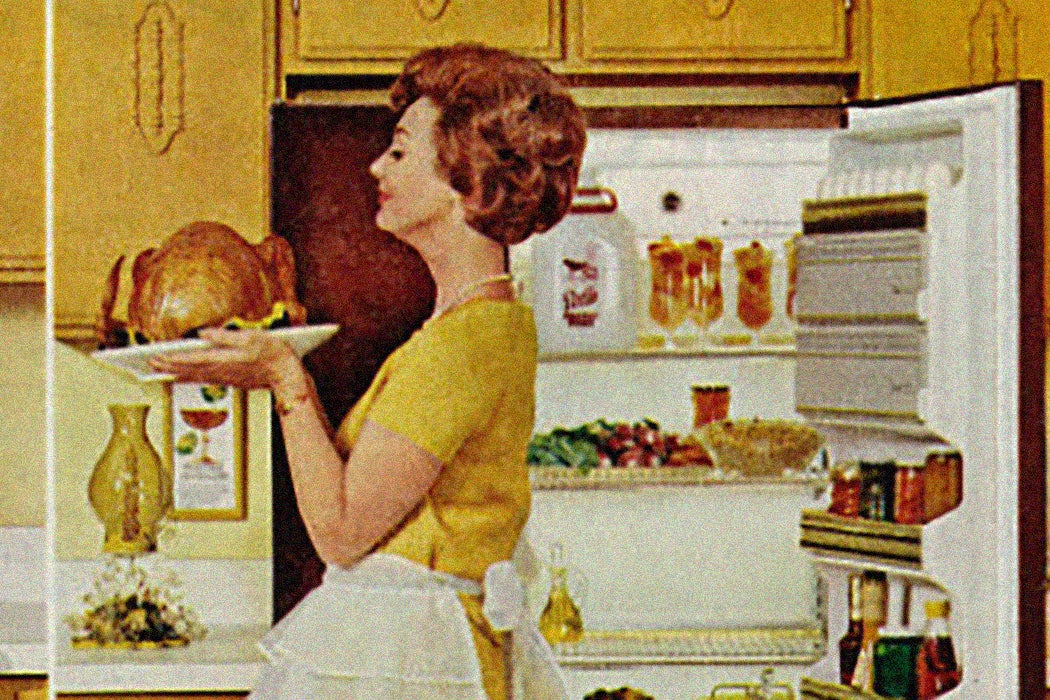On Mother’s Day, we celebrate the role moms play in our lives. And since there have been mass-produced products to buy, one of those roles has been shopping. But, as sociologist Karen Danna Lynch found looking at advertisements published in Life and Redbook between 1953 and 1998, the way advertisers target mothers has changed along with our social understanding of American motherhood.
Lynch chose the two magazines as large media properties with a white, middle-class audience. She found that there were some things about the image of an ideal mother found in these ads that never changed over the decades. Typically she had chin- to shoulder-length brown hair and was neatly dressed. She was also thin and white. In the ads Lynch studied, there were no mothers of other races, no overweight mothers, and also no mothers with gray hair or wrinkles, or who appear to be under twenty years old.
What did change from decade to decade was the role mothers played in the ads. In the 1950s, Lynch found, the typical ad-mom “finds contentment caring for her home, husband, and children, in that order.” Fathers appeared more prominently in these years than in any decade that followed, and much of the ad copy encouraged mom to buy products that would help her care for her husband and look good for him. In these ads, moms attended to kids’ basic needs but didn’t interact with them much.
By the 1960s, dads were less present in ads than in the previous decade, and there was a bit more focus on the kids. Some ad copy also began to be written from the mother’s point of view, and it was often a position of dissatisfaction. At a historical moment when many white women began questioning the domestic role they’d inherited, these moms smiled less and looked more tired than their counterparts ten years earlier.
Over the 1970s and ’80s, Lynch found, advertisement moms became less interested in cleaning and decorating their homes or caring for their husbands, and focused more on their kids. Their clothes became increasingly casual as well. The ’70s ads touted new products like Kraft Macaroni and Cheese, Tang, and Minute Rice, which according to the ads made for more efficient mothering. The 1980s saw a growing set of ads depicting babies and toddlers rather than grade-school kids, and ads for things like baby shampoo and children’s Tylenol become prominent.
Weekly Newsletter
In the 1980s and continuing into the ’90s, ad copy was dominated by expert advice from doctors and pharmacists. The moms of 1990s ads were focused almost exclusively on caring for the kids, under the guidance of professionals. Food preparation and cleaning products almost disappeared, replaced by medicinal, personal care, and infant products.
The casually dressed, child-centered, expertise-minded mom of late-twentieth-century ads was a different creature from the careful homemaker and helpmate of the 1950s, but, from the advertisers’ perspective, the important thing hadn’t changed: She was still buying the stuff they were selling.







